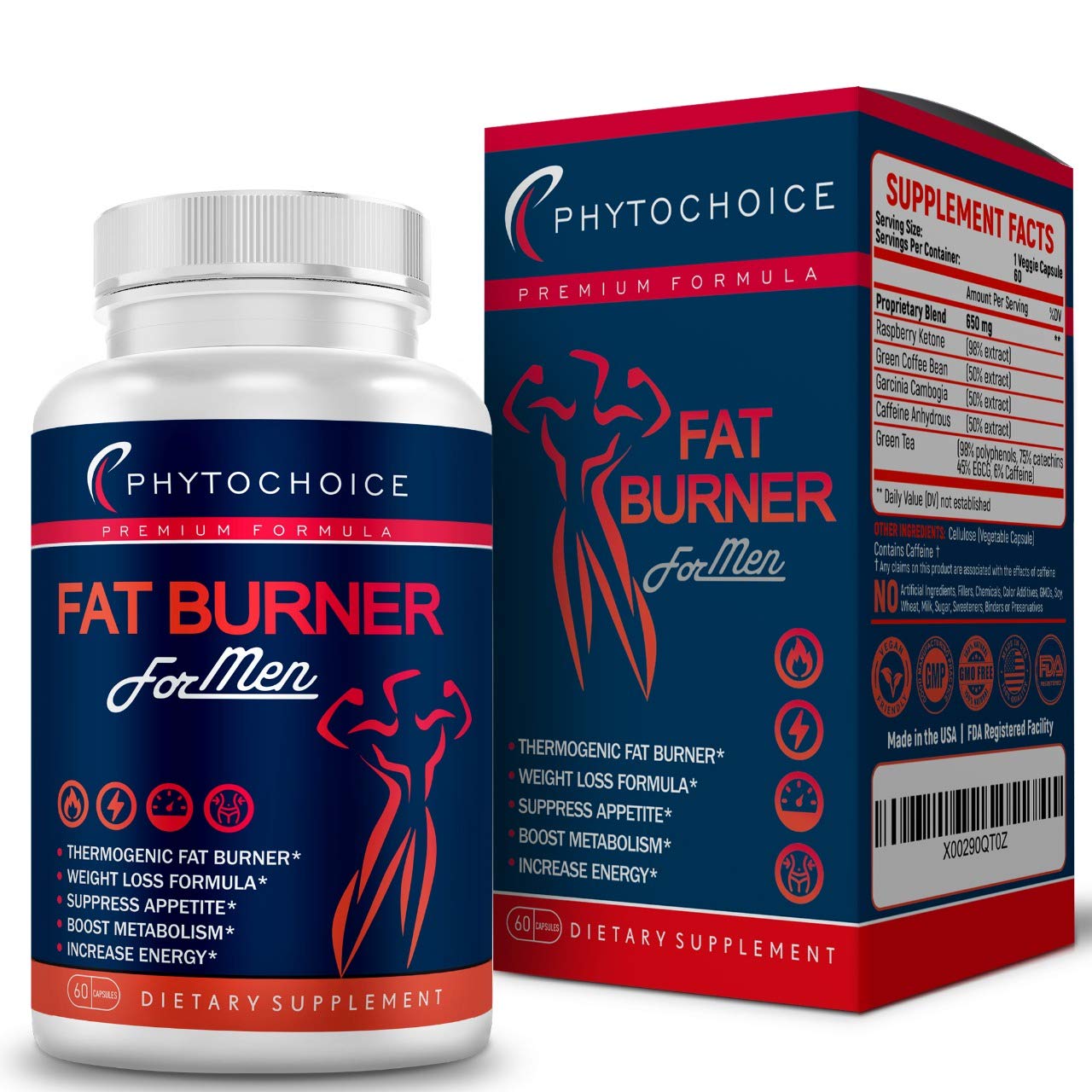How To Achieve Fat Loss Without Losing Muscle Mass
It’s often a struggle to balance fat loss and maintaining muscle mass. Many people will sacrifice their muscles in the pursuit of weight loss, resulting in an undesirable physique. But, by following some simple steps, you can lose fat without losing muscle mass. Here are some tips that will help you get back in shape while keeping your hard-earned muscles. For more information and resources on health and fitness, be sure to visit theislandnow. They offer expert advice and guidance on how to achieve your fitness goals, including tips on fat loss, muscle building, and overall wellness. With their help, you can achieve the body you’ve always wanted without sacrificing your health or hard work.
1. Eat enough protein
Protein is essential for building and maintaining muscle, so it’s important to get enough of it every day. In general, about 1 gram of protein per pound of body weight should be consumed daily for muscle growth and maintenance. Eating adequate amounts of protein ensures that your body has all the amino acids it needs to build and maintain lean muscle mass.

2. Increase your training volume
To keep your muscles stimulated, you need to gradually increase your training volume over time as they become accustomed to the workload. This means doing more sets and reps, or increasing the intensity of your workouts with heavier weights or shorter rest periods between sets. If you’re not constantly pushing yourself out of your comfort zone, there will be no progression in your programme, which can lead to a plateau in results over time and ultimately muscle loss instead of gains if not managed correctly.
3. Lift weights regularly
To maximise fat loss without sacrificing lean muscle tissue, it’s important to lift weights regularly – ideally at least three times a week – using resistance levels appropriate to your current fitness level and goals. Strength training helps to maintain lean muscle tissue while burning calories from stored fat and preventing further accumulation of fat cells around existing ones due to excess dietary intake of carbohydrates, particularly from processed foods.
4 . Manage stress levels
Stress hormones such as cortisol can cause an increase in body fat storage due to their effect on insulin sensitivity when chronically elevated, which also increases cravings for more energy-dense foods such as sugar, ultimately contributing to weight gain if left unchecked over a prolonged period. Therefore, managing stress levels through relaxation techniques such as yoga, meditation or even deep breathing exercises during exercise sessions can help reduce this risk associated with chronic stress hormones arising from stressful situations, potentially reducing overall body fat stores and ensuring no unnecessary losses occur within lean tissue previously stored as a long term investment in physical fitness, performance enhancing activities such as weight lifting or running etc.
5. Get enough rest & recovery
Getting quality sleep is another important factor when trying to lose fat without losing muscle mass, as adequate rest allows both the body and mind the time necessary to recover from intense exercise and allows the adaptation processes to take place optimally. Aiming for 7-9 hours per night depending on individual needs should suffice here, but anything less than 6 hours may result in reduced performance both cognitively (brain fog) & physically (reduced motivation) making adherence difficult in the long run, especially if you are already fatigued due to short-term diet protocols implemented before expecting faster results than could realistically have been expected, before committing hard effort into actionable plans consistently to reduce overall body composition down from higher initial percentages achieved at the start.

6 . Monitor your diet closely
Monitoring dietary intake closely is key when attempting to lose weight without compromising on muscular development either as cutting calories too much could potentially cause catabolic states (muscle wasting) leading to greater losses within this particular macro nutrient sector compared to what would normally have been seen given sensible protocols implemented rather than extreme measures taken temporarily just for short term satisfaction purposes only to eventually see most gains lost again soon after returning to normal within the respective routine followed religiously daily until desired results are achieved ultimately guaranteeing success upon completion stage satisfactorily reached hopefully! So tracking macros accurately & adding additional supplements judiciously based on individual needs carefully assessed by experts beforehand would go a long way in helping us achieve our desired goals safely without risking health detrimentally later after the intervention phase is completed finally!
7 . Eat healthy fats
Healthy fats are essential for hormone production and metabolic regulation. They also provide omega-3 fatty acids, which aid the transport of nutrients throughout the bloodstream, significantly improving absorption rates while reducing inflammation, enabling users to enjoy better results, often with surprisingly unexpected benefits!



